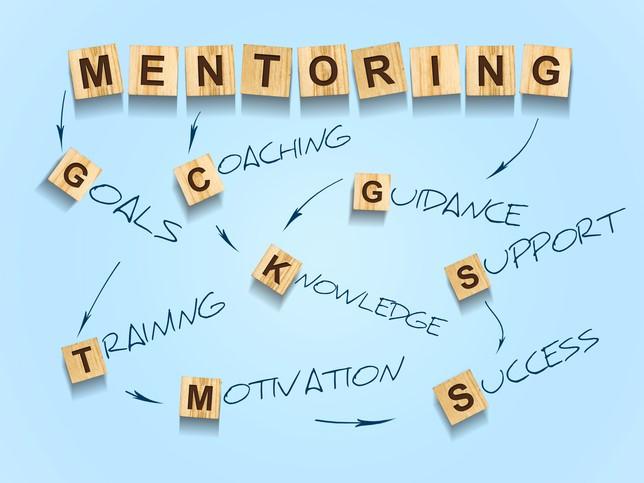
How to establish peer-to-peer support networks for online, first-generation students
Given the limited opportunities for organic peer-to-peer interactions online, universities must use a data-driven approach to create opportunities for students to build connections, writes Nesha Thompson
You may also like
Popular resources
Fourteen years ago, I began a degree in person as a first-generation student. My social and academic interactions with peers enriched my university life. But 12 years of working in higher education, the last two of which have been in student experience, have taught me that online, first-generation students don’t share my experiences. Forums on learning platforms can help build a sense of camaraderie. But, while they help empower them and promote engagement, they’re no substitute for physical spaces that nurture social connections. So how can we set up peer-to-peer support networks that help online, first-generation students during their academic careers?
Create support systems
Since online students tend to feel more isolated, universities must make an effort to create opportunities for students to build social connections. This is even more important for first-generation online students who might not have anyone at home who can share their experiences of higher education. Here are some ways to foster connections.
Hold workshops for first-generation students
Many first-generation students might not know there are others in the same position at their institutions. Holding orientation workshops specifically for them is a great way to introduce them to each other. Include presentations on key areas that first-generation students find challenging, such as how to designate a specific space for their studies at home, how to encourage family members to support their academic journeys and how to set healthy boundaries. Most first-generation students are part-time learners, so hold these sessions during the evenings.
Channel key information through student representatives
Assessing data on challenges that first-generation students face can help you identify key information that you can channel to them through student representatives. For example, tips on navigating the learning platform or how to balance family life and/or work. This helps first-generation students form connections with their student representatives and encourages them to seek them out for information that can help them succeed.
Use data to form social groups
Data that groups first-generation students into various subcategories can allow your institution to lead the charge in forming social groups for them. For example, you can connect students whose parents did not pursue tertiary education but whose siblings did, students who work part-time, students with dependants and students on the same or similar programmes.
You could also create a first-generation student activist group that reports their findings and recommendations to student representatives every semester to enhance support for first-generation students. Consider creating a social network or app where students can connect with others and learn about relevant events tailored to them.
- Resource collection: Creating online learning communities
- How to offer students a rewarding university experience online
- The power of peer to peer: how and why to encourage your students to learn from each other
Create a mentorship programme
Another benefit of tapping into data is that it allows institutions to connect mentees with suitable mentors. If possible, find mentors who are first-generation students, or contact recent first-generation alumni to see if they’d be interested in mentoring current students.
When mentors and mentees apply to join the programme, they can indicate the number of hours they’d like to dedicate to it. This will help with matching the right people with each other. Ensure that the mentors you have selected are not assigned to more than two mentees and, at the end of each year, request feedback from mentors and mentees to assess satisfaction with the programme and identify any areas for improvement.
Review and enhance the support systems
The review of a peer-to-peer support system is critical to its success. Gather feedback regularly from students, staff and student representatives to assess the effectiveness of the support systems.
Ensure you continuously assess any deficiencies in your data. Are you being granular enough? Are there more insights you could capture? The quality of it will affect how well you can tailor your support to first-generation students.
While there are many differences between online and face-to-face learning, peer-to-peer support networks are vital components of the student experience, especially for first-generation students. Given the limited opportunities for organic peer-to-peer interactions online, universities must use a data-driven approach to create opportunities for students to build connections. Ultimately, the success of any strategy will be reflected in the retention rates for your institution’s first-generation students.
Nesha Thompson is the officer-in-charge of student experience at the University of the West Indies.
If you would like advice and insight from academics and university staff delivered direct to your inbox each week, sign up for the Campus newsletter.




